Label: street art
Wednesday 31st August 2016Spy Booth Mural Destroyed in Cheltenham
Graffiti art automatically comes with an inherent kind of risk. Not only is there the fact that the process is generally regarded as illegal, regardless of how beautiful the resulting work is, but there is the risk that the piece itself won't survive. Even fame and recognition doesn't seem to be a guarantee against these dangers, as the famous street artist Banksy discovered recently.
One of his most famous pieces is located in Cheltenham, Gloucestershire, painted on a the side of a house surrounding a telephone booth. Entitled Spy Booth, it's a critique of the recent revelations of extensive government surveillance and spying that have rocked the world over the last few years.
The choice of location was no accident, as the GCHQ building is nearby, the headquarters of the British government surveillance system. But someone was clearly asleep at the switch when it came time to protect one of Banksy's most famous pieces, for the piece has been removed from its location and destroyed thanks to an unfortunate accident involving an urgent home repair.
Interestingly enough, this isn't the first time Spy Booth has had some trouble. It has suffered numerous vandalism issues, which fortunately were repaired successfully. After the latest danger, the Cheltenham Borough Council decided to grant it retrospective planning consent in 2015, which establishes it as a protected work. In theory, this should make it more difficult to remove - but it can't protect it against accidents.
The council's enforcement manager, Mark Nelson, explains: "We have endeavoured to protect the Banksy as much as possible and to this end the notice required the owner to have due regard for the mural whilst works were being undertaken. We were aware of loose render on that part of the building but the extent and how far it would affect the mural was unknown until work progressed. We would advise anyone against removing any further pieces from the location as this may be classed as a criminal offence."
David Possee, the owner of the house, had reportedly been offered upwards of a million pounds for the artwork, which he declined. Hopefully, this piece can be restored by the council or by Banksy himself, but perhaps it should be regarded as a lesson in the impermanence of the street art medium.
Posted on August 31st 2016 on 10:03pm
0 Comments
Friday 05th August 2016That's A Wrap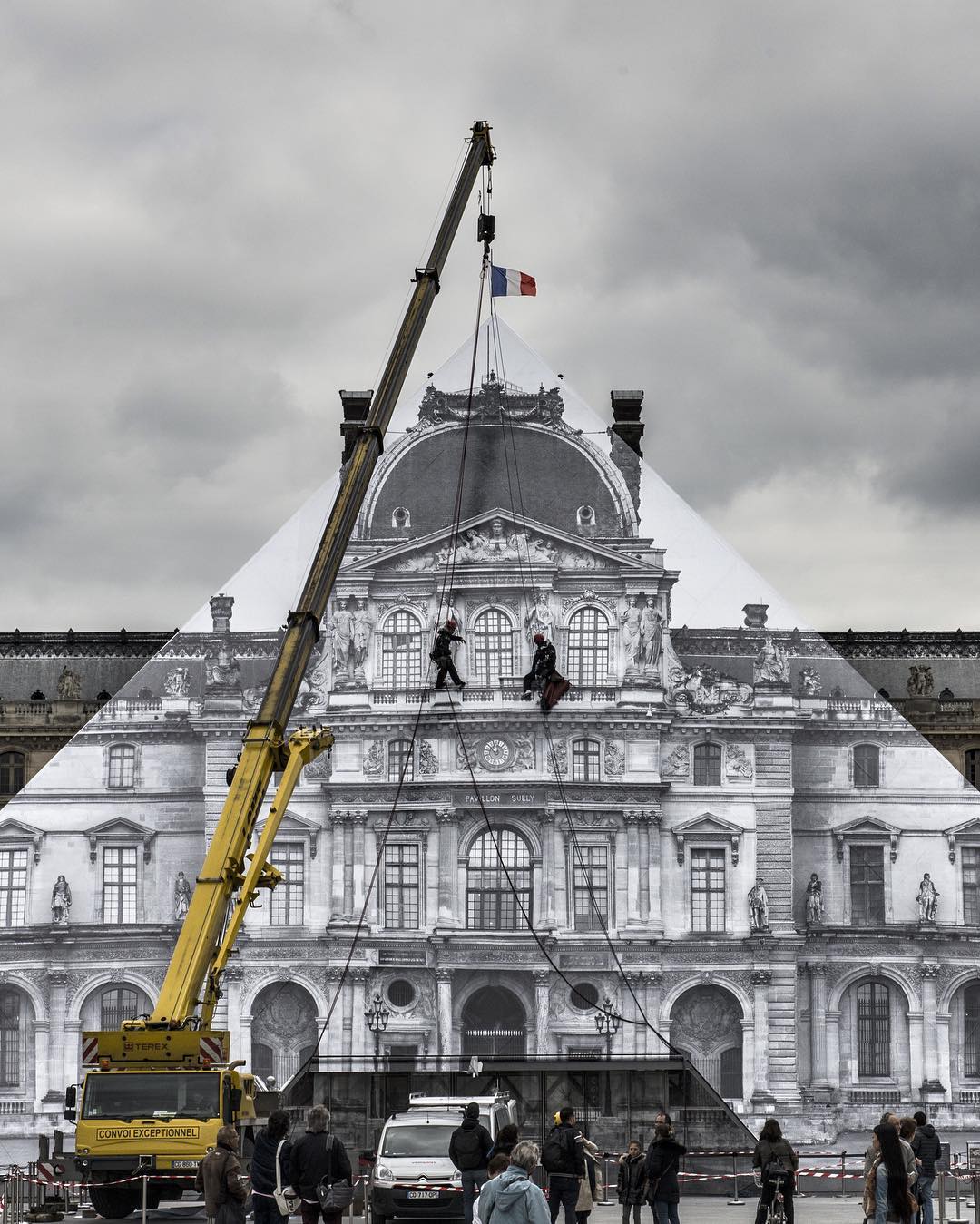
The Louvre is one of the most famous museums in the world both for the impressive quality of its collection and for the iconic Louvre Pyramid that bridges the exterior and the interior of the museum. Designed and installed in 1989 by architect I. M. Pei, the Louvre Pyramid will be disappearing after 27 years of dazzling tourists.
Except, of course, that it wasn't really be going anywhere. Instead, the famous street artist and TED Prize winner JR wrapped each of the glass sections of the pyramid with a huge black and white image of the original Louvre building. When viewed correctly, the photo on the pyramid would align perfectly with the rest of the building, making it seem to disappear.
Unfortunately, though, the exhibit only ran for the month of June and has now been taken down, so apologies on not letting you know while you still had the chance to see it. After all, who doesn't love a good excuse to go to Paris in the summer?
JR grew to fame for his large-scale photos in black and white that appeared surreptitiously in very public places, but this time around, he had the blessing from the Louvre itself.
"By erasing the Louvre Pyramid, I am highlighting the way Pei made the Louvre relevant for his time, while bringing the Louvre back to its original state. The Pyramid is one of the most photographed French monuments. I am re-directing its energy, because people are going to have to move around it. They are going to look for the best angle to get the full impact of the anamorphic image, and really make the Pyramid disappear."
While you can't see the piece in person anymore, you can still marvel at the effect thanks to the Instagram pictures of the piece, as well as any number of images that have been carefully planned to properly recreate the illusion.
From the press release (in French, translated via Google, so apologies for any errors, Francophones!): "JR’s works leave no one indifferent because they are watching, deep within ourselves. His dramatic intervention fashion highlights the question of the role of images in the era of globalization and their multicast, the intimate sphere to mass use. Today prompted by “the greatest museum in the world”, JR sets his sights on one of its symbols, the Louvre Pyramid, to subject it to an anamorphic surprise."
Posted on August 05th 2016 on 07:03pm
0 Comments
Wednesday 20th April 2016Massive Cairo Mural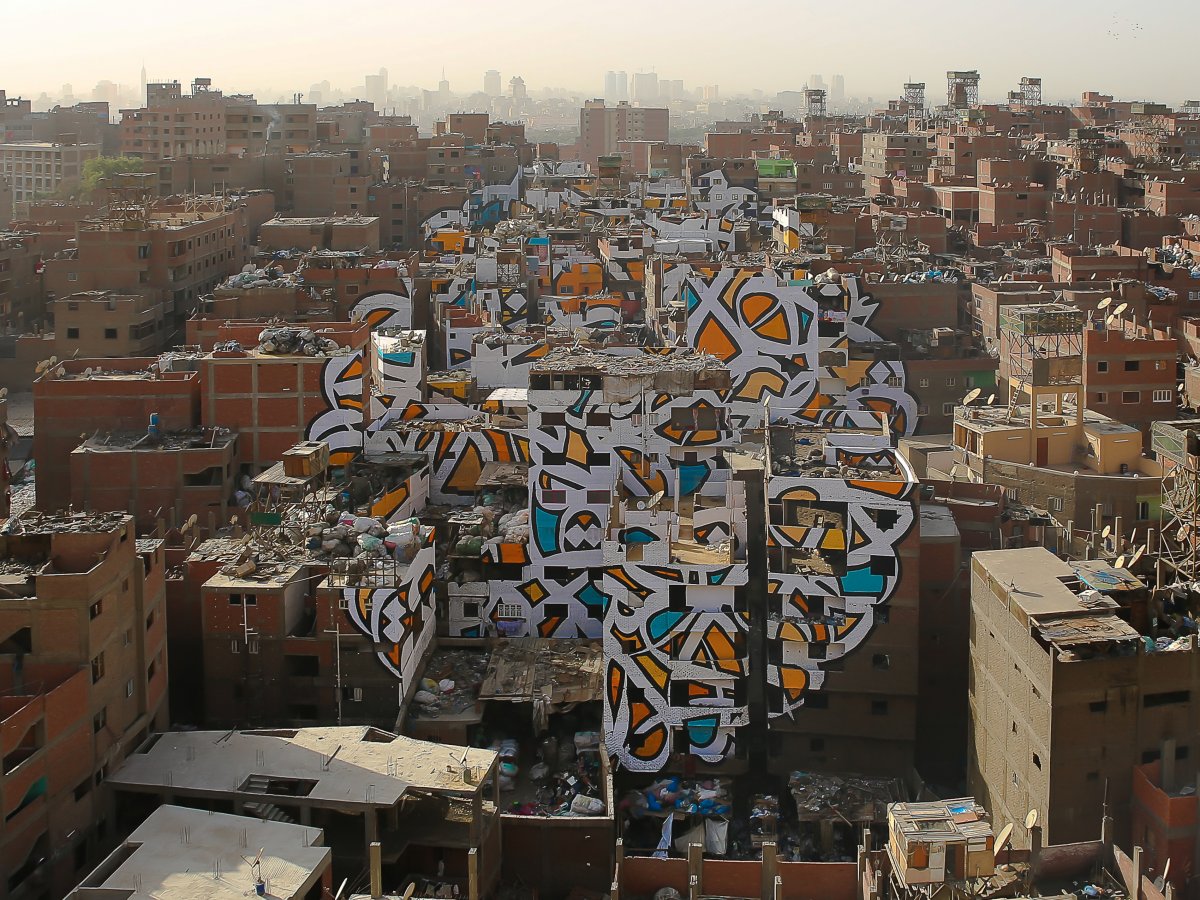
Over the last few years, one of the most interesting types of visual trickery to emerge has become almost a fixture in the public art world. The idea is that from a particular location, a three dimensional illusion is constructed that exists only when the viewer is standing in that one spot. A single step away to either side breaks the perspective and the illusion is gone, leaving only a strange collection of disconnected shapes that don't seem to form anything at all.
Street art is many things, but it is rarely grandiose in scope. The nature of the social climate in which it's painted - that is to say, secretly, illegally, and usually in the dead of night - makes it difficult if not impossible to work on a scale larger than a single wall canvas. This massive mural, located in Cairo, is a perfect example of how the two techniques can be blended together to create something truly staggering.
The brainchild of a French-Tunisian street artist who goes by the name eL Seed, the piece is actually composed of a staggering number of individual pieces that, when taken singly, amount to virtually nothing. Standing atop a nearby hill, however, the pieces click together into a giant piece of so-called 'calligraffiti' in Arabic, which says: "If one wants to see the light of the sun, he must wipe his eyes."
Due to the extremely repressive government currently in power in Egypt, the development and construction of the piece had to be completed in total secrecy from the government. Current Egyptian law prohibits public artist expression, as it is no doubt likely to inflame a populace that is already in a state of near-constant turmoil after the Arab Spring uprising that started in Egypt several years ago.
Fortunately for us, eL Seed and his collaborators documented the entire process, from planning to execution to the final reveal. While the piece was kept secret from the powers that be, the rest of those involved were aware of the intentions. "We got the blessing of the priest," he says. "He gave us permission and everyone in the neighborhood knew about it."
The piece is ambitious, daring, and unique among street art, and it's an incredible example of what can be accomplished under even the most difficult conditions. Sometimes out of the worst situations, the most amazing creations emerge.
Posted on April 20th 2016 on 02:02am
0 Comments
Wednesday 06th April 2016Graffiti Miscommunique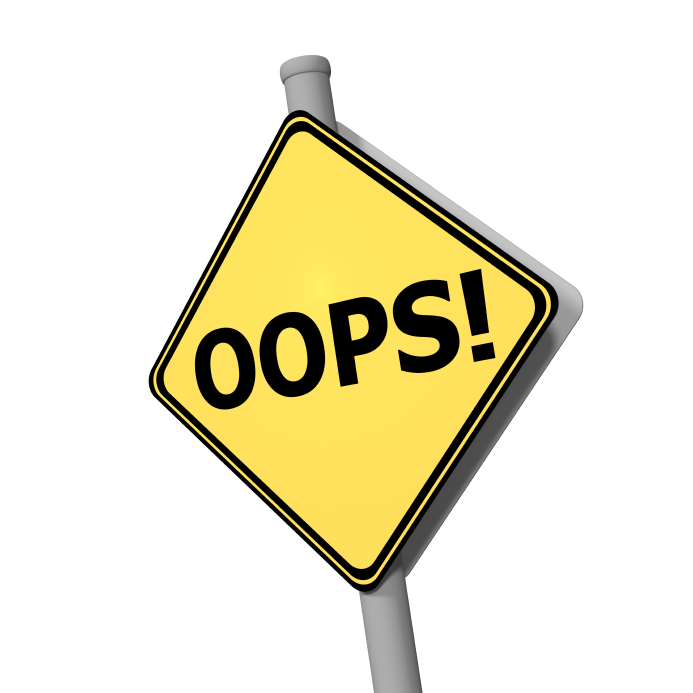
Life and work is always difficult for the graffiti artist. Sneaking around in the dead of night isn't always the best environment for the creation of a masterpiece, but there's little doubt that on some level, at least, that's part of the allure that draws them to the style in the first place. Sticking it to the man, getting one back for the little guy, and lampooning the fat cats etc.
It must make it doubly difficult to be commissioned by a town to provide a piece of artwork, as was recently done in Rheims, France, by one of France's leading graffiti artists, Christian Guemy, who goes by the alias C215.
It must be triply difficult to then suddenly find yourself a victim of French bureaucracy, which rivals only that of England (and possibly the Los Angeles Municipal Court) for sheer bloody-mindedness. The expression 'the left hand doesn't know what the right hand is doing' isn't quite so much accurate in this situation, because it seems more likely that each hand didn't know that there even was a second hand to be considered.
Almost immediately after the duly commissioned piece was completed by C215 to the general appreciation and acclaim of the citizens and city officials of Rheims, the city's anti-graffiti squad promptly came along and scrubbed it off the wall where it had been painted. This wasn't a requested piece of removal, they simply took it upon themselves to remove it in the normal course of their duties, because nobody had thought to tell them that it was officially sanctioned and should be left alone.
Fortunately for everyone involved, Guemy has no doubt dealt with this sort of thing regularly before he went mainstream and began taking commissions, and thus was rather sanguine about the whole thing. Fortunately, the town hall has apologized, and C215 will no doubt be back in Rheims to repair the hideous damage done by the city's anti-graffiti task force.
This time, the arts and culture department will be informing the cleanup crews about the new works beforehand, to prevent any ridiculous graffiti removal projects from moving forwards.
Posted on April 06th 2016 on 01:43am
0 Comments
Wednesday 22nd April 2015Street Geodes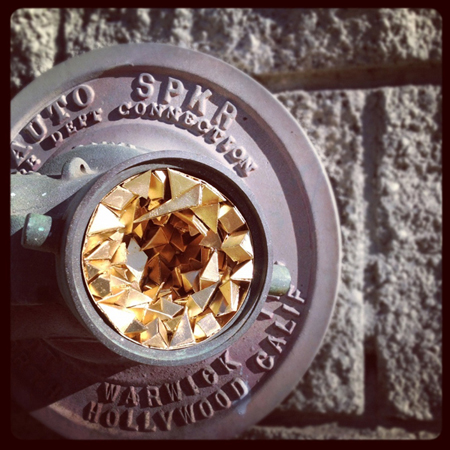
Typically, when you hear the phrase 'street art', spraypainted images come to mind if you're feeling charitable, and graffiti and vandalism comes to mind if you're not. While that's certainly one of the most common and popular uses of the phrase, it's not the only possible application. Installations are often inserted into the built environment in ways that are intended to astound and amuse, as ways to bring a little bit more joy and consideration into the world around us. This is exactly the goal of an innovative street art project by artist Paige Smith, who also uses the name 'a common name' in her work, who has spent the last several years filling the potholes and gaps in cities around the world with her installations.
Shaped after the crystalline formations found in some rocks known as geodes, these tiny sculptures integrate with the cracks in walls and foundations, the potholes in streets and alleys, and just about anywhere else there is room for one of them. Created from a variety of media including paper, spray paint and polished resin, the pieces have most recently popped up around Los Angeles, but can be found by the dedicated observer in many cities around the world, from Madrid to Philadelphia to Bali to Istanbul. For the full list of cities and locations, check out the page on
her website that is dedicated to the project here.
About the project, she says, "I draw inspiration from quiet, modest, tucked away spaces: the cracks in between bricks, the grating of a drain, the inside of a pipe and interior of a derelict phone booth. ‘Urban Geodes’ are created either out of hand cut and folded paper or individually cast resin and configured seamlessly to fit into spaces that inspire me. These installations are like hidden gems sprinkled across the world that invite us to actually look, to be playful and discover and to participate in a glorious and global treasure hunt."
Interestingly enough, she's staged the project as a collaborative effort, opening up the project to other artists in cities that she hasn't had the chance (or, presumably, the inclination) to go and visit herself. If you're interested in participating in the project, you can contact her via her website in order to get more information about how to join in her "beta", and share photos and GPS coordinates of your contribution.
Posted on April 22nd 2015 on 09:21pm
0 Comments
Wednesday 04th March 2015Germany's Last Banksy Defaced
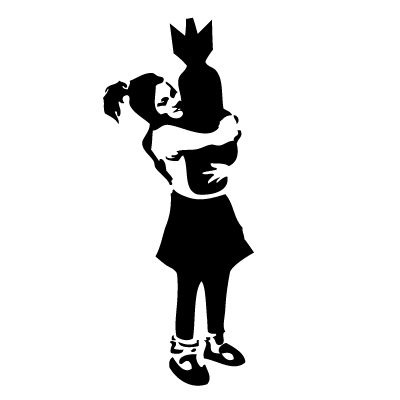
For a long, long time, street art struggled to shake off the public perception that it was nothing more than flagrant vandalism with a coat of paint. With the help of a large and dedicated community, along with more prominent individual artists such as Banksy who have grown into almost household names, street art is finally beginning to be accepted as a legitimate art form, one who may be more true to the emotive and impactful nature of art that much of what is being produced in more traditional art spheres.
Sometimes, however, it's impossible to shake off the reality that vandalism, graffiti and street art all share a common root and may suffer the same ills. This was never more true than last month, when the last surviving piece of street art by Banksy in Germany was defaced by a vandal. The piece, a stencil entitled 'Bomb Hugger', found on a concrete pillar in Hamburg, had actually been protected by a local arts group, the Spiegelberger Foundation, in 2011 to prevent just this sort of casual destruction. A piece of clear plexiglass was riveted around the edges of the work, preventing most of the potential damages, but the clever vandal figured out a way around this - using spray paint. The word 'graffiti' was spray painted thickly just above the upper edge of the plexiglass, so thickly that paint dripped down from the letters and seeped in behind the cover to drip down over the stencil itself
While there is a certain frustrating yet undeniable irony that the vandal spray painted the word 'graffiti', some small voice in the back of the mind wonders if this might not be a stunt by Banksy himself in response to the sudden fame that has found him. Alternatively, now that Banksy pieces are becoming quite valuable to collectors, it's possible that someone is attempted to drive up the value of their own pieces by destroying others that are outside of the traditional protections afforded to most artwork by galleries and their accompanying security staff.
It's hard to tell if it's casual insensitivity, a calculated plot, or who knows what, but inexplicable the Hamburg police department insists that the piece was undamaged by the vandalism, although it appears now that the majority of the blue spraypaint has been removed and the piece has been restored as much as possible.
Posted on March 04th 2015 on 05:00pm
0 Comments
Friday 03rd October 2014Vandalising Street Art

Street art has some truly messy roots, even by the standards of the art world. Essentially starting out of the graffiti movement (if it can even be called that in its infancy), the works were inherently illegal from the very beginning. An entire subculture was spawned outside of the realms of the supposedly civilized art world, and like all subcultures, it developed its own rules and social taboos. One of them involved the taboo of painting over another's work - provided it was a genuine work of art (by the standards of the subculture). It was still done, of course, but it wasn't merely accepted practice but could be taken slap in the face of the artist whose work was being covered up. However, there grows a kind of interplay between the various artists if they don't know each other, a kind of narrative that is established by their interactions with each other through their works.
Banksy, of course, changed the entire world of street art by becoming a valuable commodity. When street art was treated as a public nuisance, nobody in the dominant culture paid any attention to the squabbles of those they saw as essentially criminals. But once Banksy appeared and captured the hearts, minds and dollar bills of the art-loving public, street art suddenly began to get noticed. A number of thorny and tangled legal issues emerged, such as the ownership of a work created partly using materials owned by someone else (say, the wall of the youth centre we mentioned in our last Banksy article). So when Banksy's latest work, Girl with the Pierced Eardrum, a takeoff on Girl with the Pearl Earring by Vermeer, the art world is in a bit of a dither as to how to respond.
Frank Malt, one of the most noted authorities on street art and street artists in the UK, said “Banksy puts the work up for the public to enjoy but people are exploiting it. People think it’s fun to deface Banksy’s work because they may get a name for themselves. Girl with the Pierced Eardrum could have been defaced by anyone – it could have been kids wanting a bit of attention."
The interesting thing is that there has yet to be a reaction from Banksy as to how he feels about the supposed defacement. It's not like he can really place any formal objections to how his work is treated, as it is still technically criminal in nature. However, it would change the entire nature of his work if he started creating it for the express purpose of building a dialog or narrative with other artists. How cool would that be?
Posted on October 03rd 2014 on 08:08pm
0 Comments
Monday 28th July 2014Public Art Thefts
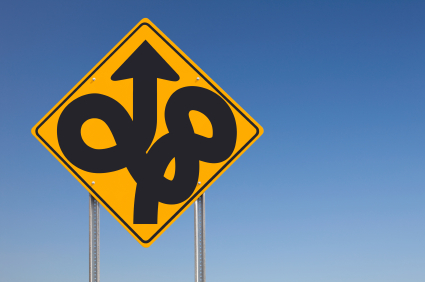
Public art is often something a gamble. When bureaucracy and art intertwine, it's not always with pleasing results. A perfect example occurred in Ottawa, Canada, recently this year when a public art installation was erected whose entire design and premise was based on an incorrect encyclopedia entry, leading to snickers and jeers and red-faced officials. Almost the opposite occurred recently in New York City, when the Department of Transportation put up a sign-based art project throughout the city.
Actually the work of Ryan McGinness, the signs were part of the Summer Streets project, where large sections of roadway are closed to motor vehicles and opened for public recreation. The signs, which were designed to look relatively official, following the general white, black and red pattern found commonly throughout New York City streets, instead sported much more appealing notices than the usual parking signage.
However, a curious thing began happening - the signs began disappearing. Eventually, the Department of Transportation caught on, and began to replace the signs, but not before 40 of the 50 signs had been stolen by presumably artistically-inclined thieves. The really strange thing, however, is that it seems like the average passerby couldn't care less about the signs, which may blend too closely with the cacophonic visual language that is part of the New York City parking system.
The Department of Transportation is working with the New York Police Department to track down the stolen signage, despite their rather modest production value (roughly $800 USD). What about these art pieces spoke so deeply to some passersby that they felt inclined to steal them, whereas others simply failed to notice them at all? Speaking to the Wall Street Journal, Ryan McGinness said, "There's a lot of expense involved, and a lot of labor. To have an individual steal them or to have them stolen by the public really flips that mind-set."
It raises a question about street art that has also been raised thanks to the incredible values placed on works by popular street artist Banksy about who actually owns the pieces that are created on walls and other "canvases" that aren't actually owned by the artist. In this particular case, of course, it's likely that the Department of Transportation could be considered the actual owners of the pieces, but street signage is stolen fairly frequently, and any attempts to sell the pieces would doubtless swiftly bring down the wrath of the NYPD, something that the casual public art thief is likely unprepared to deal with. Here's hoping that the signs are restored, and will continue to bring wonder and joy to those lucky few who take the time to truly appreciate and enjoy their surroundings.
Posted on July 28th 2014 on 06:25pm
0 Comments
Friday 02nd May 2014A Bit More Banksy
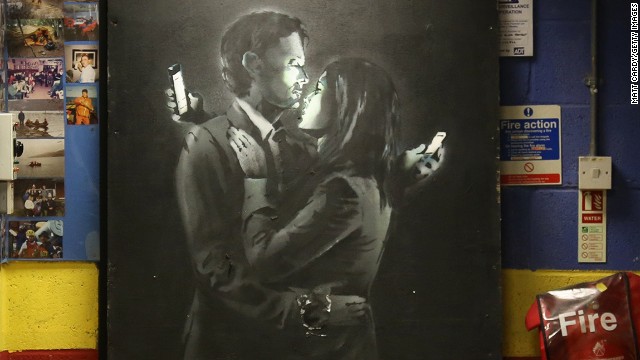
By now, it's almost inevitable that you've heard of the street artist named Banksy. Whether just from reading this blog, or your own personal interest in his work, it's impossible to deny the fact that he has been one of the major driving forces behind the acceptance of street art into the world of high culture. After getting a start 20 years ago in Bristol, UK, Banksy has since graced some of the world's leading art galleries and auction houses with his work, all while maintaining a sly sense of notoriety - though whether or not this can be considered more than a marketing ploy at this point is up for debate.
One of the most interesting consequences of his style of work, however, is the question of ownership. If a kid with a spray can and a stencil creates a piece of work, typically it's either ignored, or eventually removed by a town council's anti-graffiti group. When the artist behind a stenciled piece is an internationally renowned figure, however, people start to sit up and take notice.
But who owns the piece? If Banksy had created his work on canvas he bought, naturally he would be considered the owner by copyright law. But considering that he uses real property that belongs to someone else (and without their consent), does the piece automatically become the property of the owner of the building or structure that acts as canvas?
This question was recently highlighted by a Banksy piece that appeared on the wall of a community centre in Bristol, back where the phenom got his start. The piece, which was apparently titled 'Mobile Lovers', was initially released in an Instagram photo, which fans finally tracked down to the Broad Plain Boys youth centre using digital sleuthing techniques that included Google Street View.
Within a few hours of the piece being properly discovered, however, members of the youth centre had removed it from the wall with a crowbar and set it up inside. While they are allowing anyone free access to view the piece, they are requesting a voluntary donation to help keep the centre up and running.
It will be interesting to see what they plan to do with the piece in the long term, as Banksy originals have been fetching large sums of money at auction houses all over the world - although there may be some complex legal implications if they do attempt to auction the piece.
Posted on May 02nd 2014 on 05:23pm
0 Comments
Friday 21st March 2014Inspiration Station: Exit Through the Gift Shop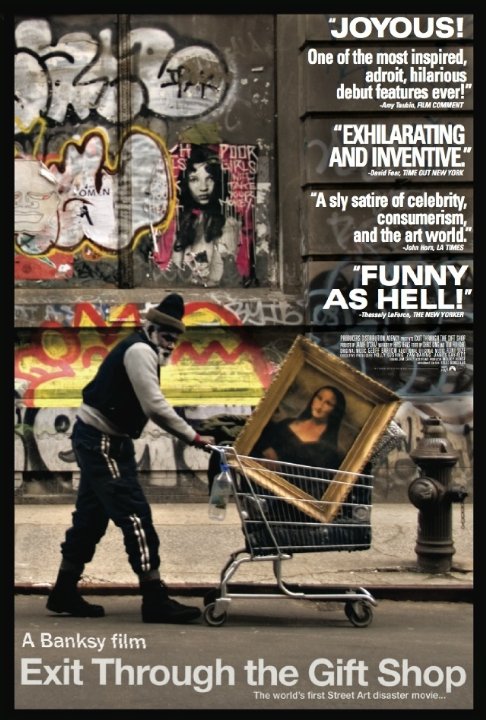
As we mentioned in our previous post, street has come an incredibly long way towards being accepted, albeit somewhat paradoxically, as part of the mainstream art world. Despite being forged in the underground (often literally - take a look at a New York City subway train next time you happen to be in town), it has recently begun to blossom into psychedelically coloured gallery spaces throughout much of the art world, and even reaching film festivals, as we'll see in Exit Through the Gift Shop: A Banksy Film.
One of the most celebrated art documentaries in recent years, Exit Through the Gift Shop debuted at the Sundance Film Festival in 2010 to excellent critical reception. The first feature-length film by the only street artist most people can name, Exit Through the Gift Shop rapidly expanded in fame and prominence. It details the story of a videography-obsessed store owner who happens to be related to an extremely famous street artist who goes by the name 'Space Invader'. Visiting home in France, he films his cousin at work and the work itself, and eventually reaches out to Shepard Fairey, the American street artist, and the two travel across the United States filming a huge variety of work. Eventually, they meet up with Banksy, they put on a show, and all sorts of excellent hijinks ensue that we won't spoil for you here.
The film itself, narrated by Rhys Ifans, is a true joy to watch, and sticks with you for quite some time after the credits roll. Amusingly enough, the real Banksy is slightly less than willing to come right out and say how much of the film (if any) is actually true documentary, or whether the entire thing is actually what's known as a mockumentary (think "This is Spinal Tap"). Considering the sly gutter smirk that barely hides behind every piece of work Banksy has ever done, it's not hard to imagine that the entire film is an elaborate joke being played by an artist who doesn't truly feel - and doesn't want to feel - a part of the more "traditional" artistic community.
The only way to decide for yourself, of course, is to see the film. No matter what you wind up believing (believe that Banksy isn't going to drawn out to say one way or the other), there is something truly inspiring about the types of work that Banksy does, and you may find yourself even more eager than usual to get back into the studio (or the street corner) after you finish watching. Enjoy!
Posted on March 21st 2014 on 11:24pm
0 Comments
 Graffiti art automatically comes with an inherent kind of risk. Not only is there the fact that the process is generally regarded as illegal, regardless of how beautiful the resulting work is, but there is the risk that the piece itself won't survive. Even fame and recognition doesn't seem to be a guarantee against these dangers, as the famous street artist Banksy discovered recently.
Graffiti art automatically comes with an inherent kind of risk. Not only is there the fact that the process is generally regarded as illegal, regardless of how beautiful the resulting work is, but there is the risk that the piece itself won't survive. Even fame and recognition doesn't seem to be a guarantee against these dangers, as the famous street artist Banksy discovered recently. The Louvre is one of the most famous museums in the world both for the impressive quality of its collection and for the iconic Louvre Pyramid that bridges the exterior and the interior of the museum. Designed and installed in 1989 by architect I. M. Pei, the Louvre Pyramid will be disappearing after 27 years of dazzling tourists.
The Louvre is one of the most famous museums in the world both for the impressive quality of its collection and for the iconic Louvre Pyramid that bridges the exterior and the interior of the museum. Designed and installed in 1989 by architect I. M. Pei, the Louvre Pyramid will be disappearing after 27 years of dazzling tourists. Over the last few years, one of the most interesting types of visual trickery to emerge has become almost a fixture in the public art world. The idea is that from a particular location, a three dimensional illusion is constructed that exists only when the viewer is standing in that one spot. A single step away to either side breaks the perspective and the illusion is gone, leaving only a strange collection of disconnected shapes that don't seem to form anything at all.
Over the last few years, one of the most interesting types of visual trickery to emerge has become almost a fixture in the public art world. The idea is that from a particular location, a three dimensional illusion is constructed that exists only when the viewer is standing in that one spot. A single step away to either side breaks the perspective and the illusion is gone, leaving only a strange collection of disconnected shapes that don't seem to form anything at all. Life and work is always difficult for the graffiti artist. Sneaking around in the dead of night isn't always the best environment for the creation of a masterpiece, but there's little doubt that on some level, at least, that's part of the allure that draws them to the style in the first place. Sticking it to the man, getting one back for the little guy, and lampooning the fat cats etc.
Life and work is always difficult for the graffiti artist. Sneaking around in the dead of night isn't always the best environment for the creation of a masterpiece, but there's little doubt that on some level, at least, that's part of the allure that draws them to the style in the first place. Sticking it to the man, getting one back for the little guy, and lampooning the fat cats etc. Typically, when you hear the phrase 'street art', spraypainted images come to mind if you're feeling charitable, and graffiti and vandalism comes to mind if you're not. While that's certainly one of the most common and popular uses of the phrase, it's not the only possible application. Installations are often inserted into the built environment in ways that are intended to astound and amuse, as ways to bring a little bit more joy and consideration into the world around us. This is exactly the goal of an innovative street art project by artist Paige Smith, who also uses the name 'a common name' in her work, who has spent the last several years filling the potholes and gaps in cities around the world with her installations.
Typically, when you hear the phrase 'street art', spraypainted images come to mind if you're feeling charitable, and graffiti and vandalism comes to mind if you're not. While that's certainly one of the most common and popular uses of the phrase, it's not the only possible application. Installations are often inserted into the built environment in ways that are intended to astound and amuse, as ways to bring a little bit more joy and consideration into the world around us. This is exactly the goal of an innovative street art project by artist Paige Smith, who also uses the name 'a common name' in her work, who has spent the last several years filling the potholes and gaps in cities around the world with her installations. For a long, long time, street art struggled to shake off the public perception that it was nothing more than flagrant vandalism with a coat of paint. With the help of a large and dedicated community, along with more prominent individual artists such as Banksy who have grown into almost household names, street art is finally beginning to be accepted as a legitimate art form, one who may be more true to the emotive and impactful nature of art that much of what is being produced in more traditional art spheres.
For a long, long time, street art struggled to shake off the public perception that it was nothing more than flagrant vandalism with a coat of paint. With the help of a large and dedicated community, along with more prominent individual artists such as Banksy who have grown into almost household names, street art is finally beginning to be accepted as a legitimate art form, one who may be more true to the emotive and impactful nature of art that much of what is being produced in more traditional art spheres. Street art has some truly messy roots, even by the standards of the art world. Essentially starting out of the graffiti movement (if it can even be called that in its infancy), the works were inherently illegal from the very beginning. An entire subculture was spawned outside of the realms of the supposedly civilized art world, and like all subcultures, it developed its own rules and social taboos. One of them involved the taboo of painting over another's work - provided it was a genuine work of art (by the standards of the subculture). It was still done, of course, but it wasn't merely accepted practice but could be taken slap in the face of the artist whose work was being covered up. However, there grows a kind of interplay between the various artists if they don't know each other, a kind of narrative that is established by their interactions with each other through their works.
Street art has some truly messy roots, even by the standards of the art world. Essentially starting out of the graffiti movement (if it can even be called that in its infancy), the works were inherently illegal from the very beginning. An entire subculture was spawned outside of the realms of the supposedly civilized art world, and like all subcultures, it developed its own rules and social taboos. One of them involved the taboo of painting over another's work - provided it was a genuine work of art (by the standards of the subculture). It was still done, of course, but it wasn't merely accepted practice but could be taken slap in the face of the artist whose work was being covered up. However, there grows a kind of interplay between the various artists if they don't know each other, a kind of narrative that is established by their interactions with each other through their works. Public art is often something a gamble. When bureaucracy and art intertwine, it's not always with pleasing results. A perfect example occurred in Ottawa, Canada, recently this year when a public art installation was erected whose entire design and premise was based on an incorrect encyclopedia entry, leading to snickers and jeers and red-faced officials. Almost the opposite occurred recently in New York City, when the Department of Transportation put up a sign-based art project throughout the city.
Public art is often something a gamble. When bureaucracy and art intertwine, it's not always with pleasing results. A perfect example occurred in Ottawa, Canada, recently this year when a public art installation was erected whose entire design and premise was based on an incorrect encyclopedia entry, leading to snickers and jeers and red-faced officials. Almost the opposite occurred recently in New York City, when the Department of Transportation put up a sign-based art project throughout the city. By now, it's almost inevitable that you've heard of the street artist named Banksy. Whether just from reading this blog, or your own personal interest in his work, it's impossible to deny the fact that he has been one of the major driving forces behind the acceptance of street art into the world of high culture. After getting a start 20 years ago in Bristol, UK, Banksy has since graced some of the world's leading art galleries and auction houses with his work, all while maintaining a sly sense of notoriety - though whether or not this can be considered more than a marketing ploy at this point is up for debate.
By now, it's almost inevitable that you've heard of the street artist named Banksy. Whether just from reading this blog, or your own personal interest in his work, it's impossible to deny the fact that he has been one of the major driving forces behind the acceptance of street art into the world of high culture. After getting a start 20 years ago in Bristol, UK, Banksy has since graced some of the world's leading art galleries and auction houses with his work, all while maintaining a sly sense of notoriety - though whether or not this can be considered more than a marketing ploy at this point is up for debate. As we mentioned in our previous post, street has come an incredibly long way towards being accepted, albeit somewhat paradoxically, as part of the mainstream art world. Despite being forged in the underground (often literally - take a look at a New York City subway train next time you happen to be in town), it has recently begun to blossom into psychedelically coloured gallery spaces throughout much of the art world, and even reaching film festivals, as we'll see in Exit Through the Gift Shop: A Banksy Film.
As we mentioned in our previous post, street has come an incredibly long way towards being accepted, albeit somewhat paradoxically, as part of the mainstream art world. Despite being forged in the underground (often literally - take a look at a New York City subway train next time you happen to be in town), it has recently begun to blossom into psychedelically coloured gallery spaces throughout much of the art world, and even reaching film festivals, as we'll see in Exit Through the Gift Shop: A Banksy Film.



